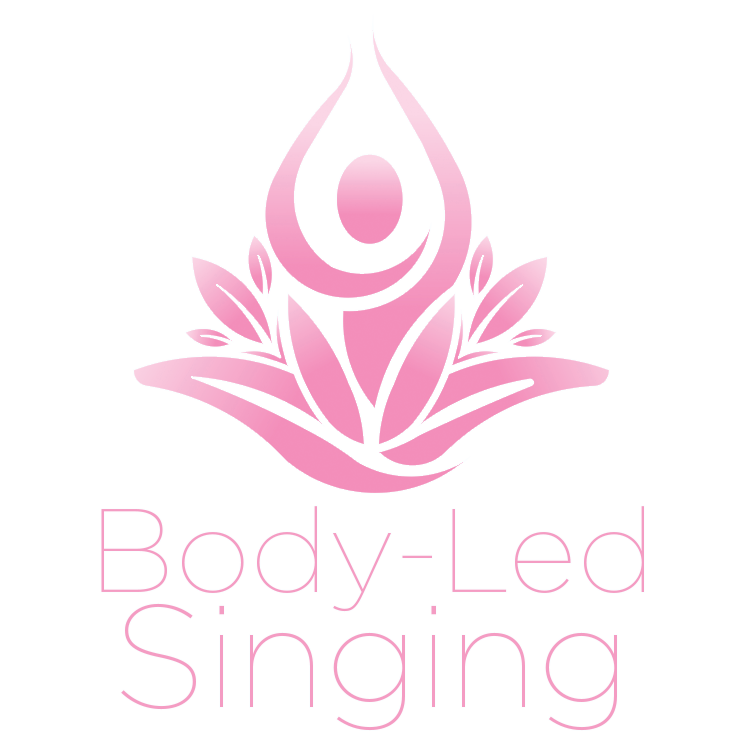How to Sing Better
There are many factors that affect the quality of your singing voice and the best way to learn how to sing better is to work with a professional singing instructor, who can recognize your individual needs and guide you through the process.
That being said, I am going to share with you one thing that is very likely to improve your sound. I am going to explain how to breathe while singing.
Proper breathing in singing, creates a steady flow of air pressure which the voice loves! Deep diaphragmatic breathing also puts your mind into the meditative state increasing your capacity for learning.
The Singing Breath
Begin by exhaling all your air.
Without breathing in (a little air is okay), expand your ribs.
*note: To expand your ribs without inhaling, you must engage your intercostal muscles. As you expand your ribs in this way, your abdomen will come in as if putting on a tight pair of pants or squeezing between 2 tightly parked cars. Even though the abdomen comes in this does not happen from tightening. It comes in because the ribs take up volume that displaces that in your lower belly.
3) Release your diaphragm
*note: at this stage the engagement you created in your rib muscles somewhat releases. You no longer need to “hold” the ribs open because with breath inside they will naturally be expanded. Outwardly, the ribs stay more or less the same. Many beginners make the mistake of continuing to expand their ribs as they inhale, feeling their chest with air (high breathing) and creating tension in their neck and shoulders. Instead, you will want to simply release the diaphragm for a low breath.
4) Exhale/Sing while maintaining wide ribs
*note: Outwardly, your ribs won’t move much. However, you will engage your ribs more as you exhale to maintain the width without the help of breath to inflate your lungs.
Another way of explaining the “singing breath” is to simply maintain wide ribs while breathing. I recommend mastering this breath with no sound first, then on a “shh” sound, then on a long vowel (voiced) sound, and lastly in your singing. This way it becomes automatic in your body before applying it to music – where there are many more things to think about.
When practicing this breath it is important to note that the diaphragm is one of the only muscles in your body that is both voluntary and involuntary. This means that we gain mastery of our diaphragm by learning to relax, release and allow.
Take the Next Step
I want to help you find your next step to your authentic, beautiful, Free Voice.



